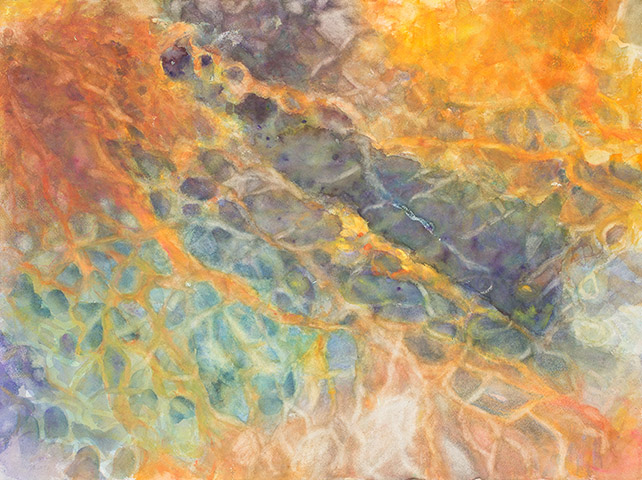



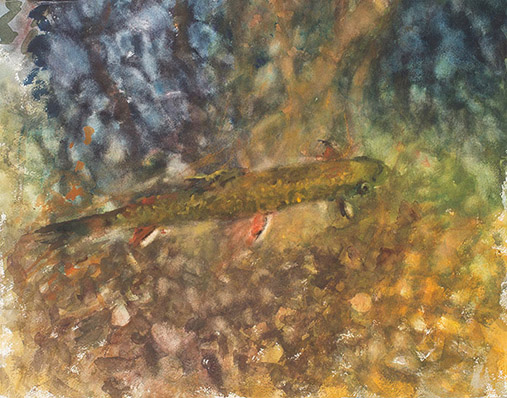
Brook Trout, Clayton Mill Creek
2015, watercolor, 15" x 22"
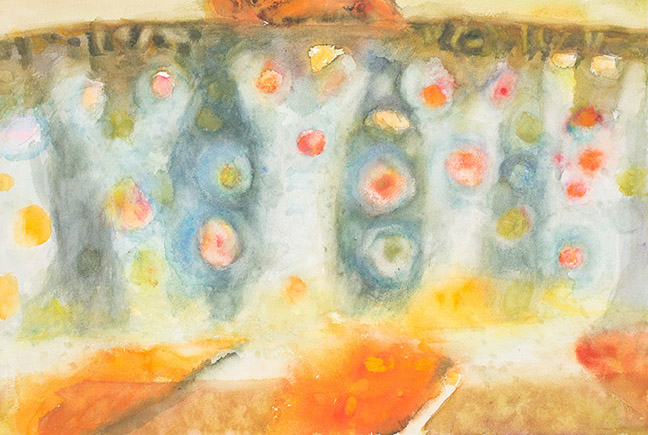
Pattern on the Body of a Brook Trout
2015, watercolor, 15" x 22"
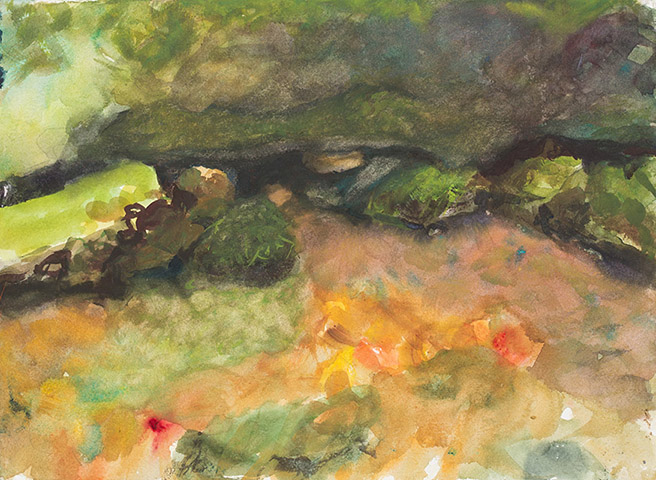
Chalybeate spring, Clayton Mill Creek
2015, watercolor, 11" x 14"
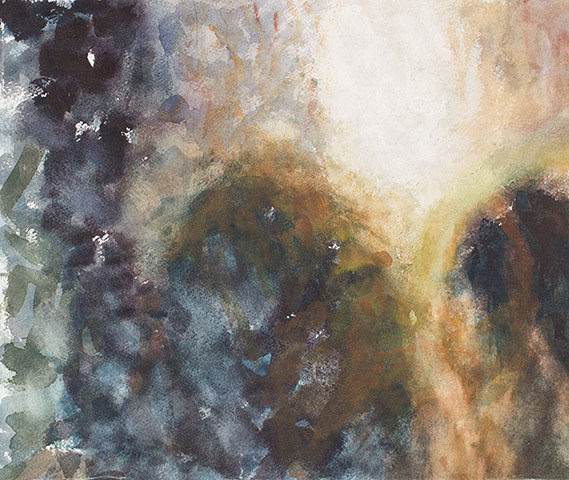
Tree, Calfpasture River
2015, watercolor, 11" x 14"
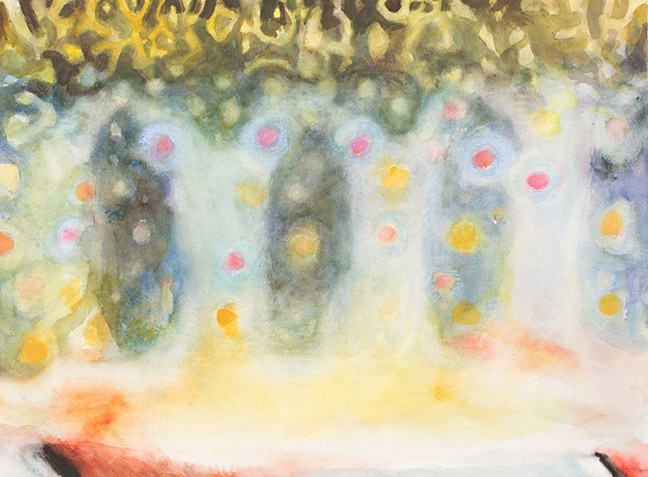
Map of the World's Beginnings
2007, watercolor, 22" x 30"
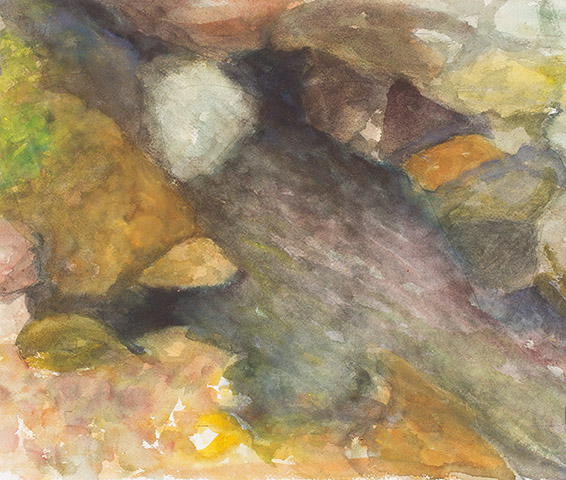
White Rock, Clayton Mill Creek
20, watercolor, 11" x 14"
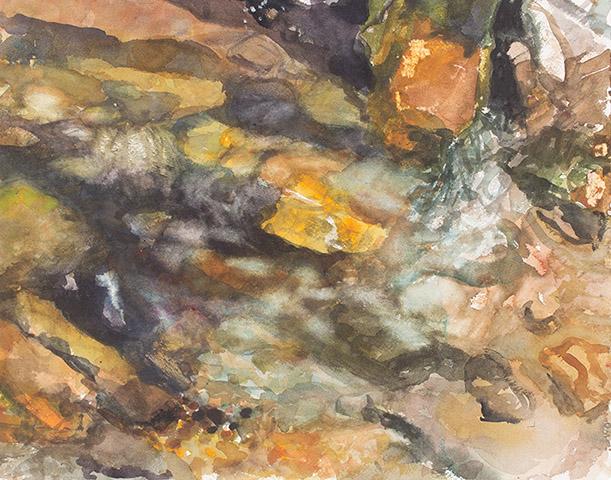
Waterfall, Clayton Mill Creek
2005, watercolor, 11" x 14"
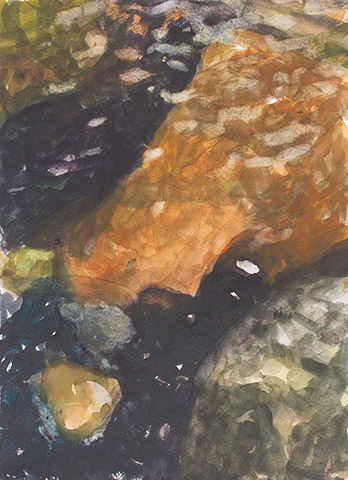
Late Afternoon, Clayton Mill Creek
2015, watercolor, 14" x 11"
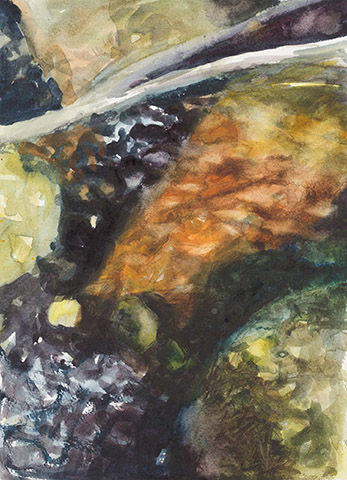
Morning, Clayton Mill Creek
2015, watercolor, 14" x 11"
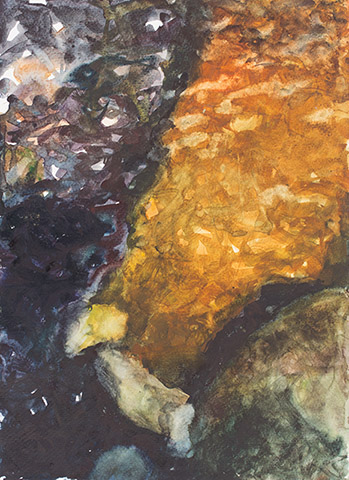
Summer, Clayton Mill Creek
2015, watercolor, 14" x 11"
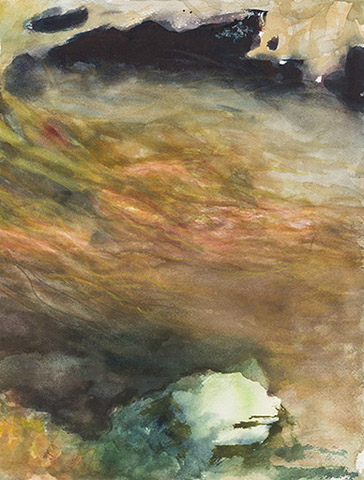
High Water, Clayton Mill Creek
2015, watercolor, 14" x 11"
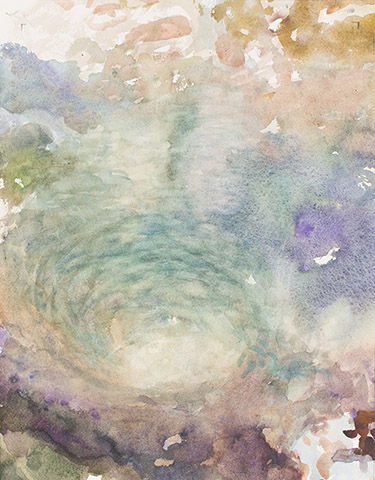
Sink hole, Clayton Mill Creek
2015, watercolor, 14" x 11"
The paintings in the body of work I call‚ Watershed, represent a portion of the complex and interconnected watershed of the James River in which I have lived for the past 23 years .Our home was built around 1890 on a spring fed creek called Clayton Mill Creek that arises on Walker Mountain .Clayton Mill Creek flows into the Calfpasture River which in turn flows into the Maury River and the Maury into the James River ,the James into the Chesapeake Bay and the Bay into the Atlantic Ocean .This entire watershed is now threatened by the potential for hydrofracking for natural gas and by the proposed massive gas pipeline called the Atlantic Coast Pipeline .I am active in the groundswell of citizen protest of the pipeline and the growing call for protection of this watershed and it is my hope that these paintings will help to communicate the complexity beauty and critical importance of this place we call home.
Artist's Statement
"There were brook trout in the streams in the mountains. You could see them standing in the amber current where the white edges of their fins wimpled softly in the flow. They smelled of moss in your hand. Polished and muscular and tortional. On their backs were vermiculite patterns that were maps of the world in its becoming. Maps and mazes. Of a thing which could not be put back. Not to be made right again. In the deep glens where they lived all things were older than man and they hummed of mystery."
My recent paintings are inspired by the springs and rivers and streams that flow near my home on Walker Mountain.
The smaller watercolors are part of an ongoing series of paintings that I have been working on for years, some in the form of a personal journal. They are done from direct observation of flowing water, and in them I record my perception of that moment in time and the movement and flux of light, shadow, color and form. The larger watercolors are more abstract and are often based on areas of color and form found in parts of the smaller watercolors. In all of my paintings, I try to convey a resonance of what I have experienced in the natural world and in natural processes. The quality of light, in both a physical sense and a symbolic sense, is an integral part of the work.
There are moments when I am painting when my intense focus on the pattern of light in flowing water or on the intricate structure of a flower gives me a glimpse of a larger creative intelligence at work, an intelligence based on ancient laws but ever evolving to meet the circumstances of the present. That recognition is one of the most powerful gifts given to me by my own creative work. The pattern on the body of the Brook Trout (Salvelinus fontinalis), the trout native to cold oxygenated Appalachian mountain streams, is both exquisitely beautiful and the perfect camouflage for survival, a distillation of color and changes of light and shadow and movement of water formed over millions of years. When I was painting over and over again the patterns formed by the movement of currents and by the colors created by rocks and gravel and by light refracted and reflected in water ,I began to see how the pattern and color on the body of the brook trout is a perfect abstraction of those colors and forms . The trout's pattern and color is an adaptation necessary for survival and its beauty satisfies the human eye and heart in the same way that art does. Could we have formed our own notions of beauty in a similarly slow and ancient evolutionary relationship to the processes of nature? I am grateful as an artist and human being for the gifts of life, beauty, creative inspiration and intellectual understanding found in the natural world.
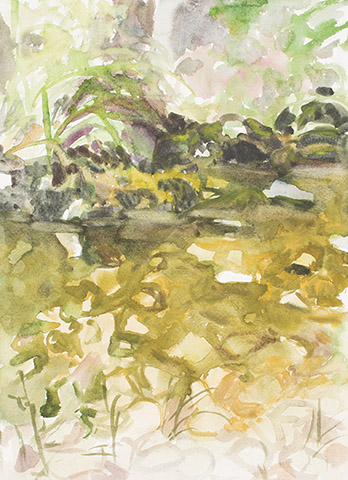
Upper Calfpasture River
2015, watercolor, 14" x 11"
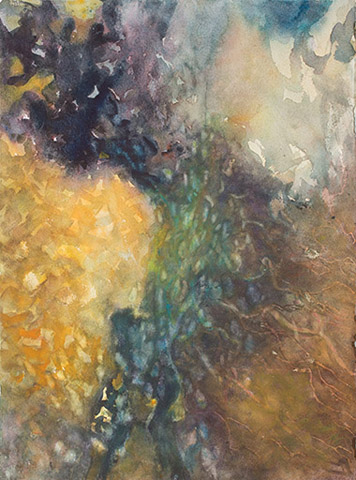
Oxygen, Clayton Mill Creek
2015, watercolor, 30" x 22"
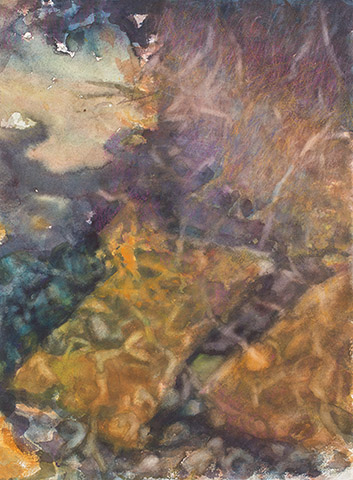
Roots, Late Aftenoon, Clayton Mill Creek
2015, watercolor, 22" x 15"
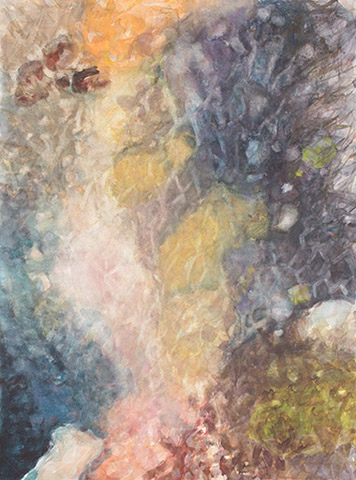
Pink Rock, Clayton Mill Creek
2015, watercolor, 30" x 22"
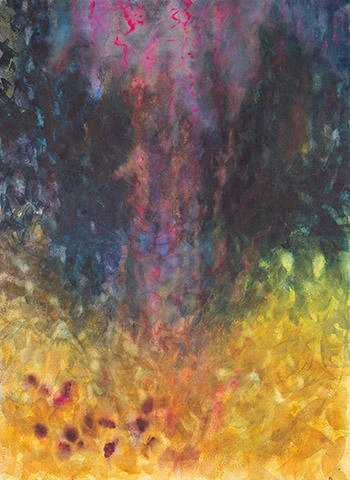
Sycamore Roots, Clayton Mill Creek
2015, watercolor, 30" x 22"
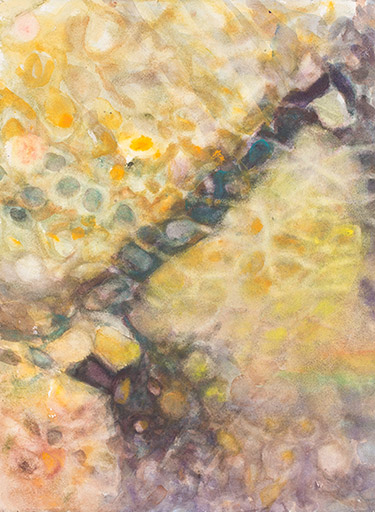
Patterns in Water, Clayton Mill Creek
2015, watercolor, 22" x 15"
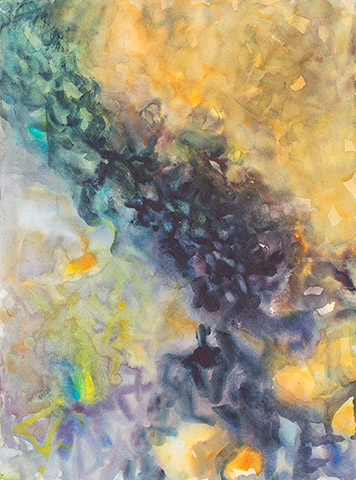
Sunlight, Clayton Mill Creek
2015, watercolor, 30" x 22"
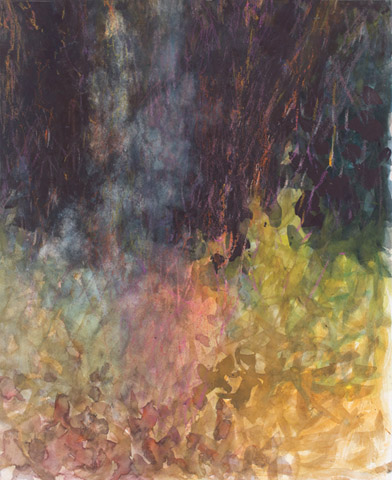
Sycamore Roots, Clayton Mill Creek
2015, watercolor, 22" x 15"

Map of the Worlds Beginnings , Pattern of Salvelinus fontinalis (Brook Trout)
2016, watercolor, 22" x 30"
   |
||
   |
||
   |
||
  |
||
|
|
||
   |
||||
   |
||||
  |
||||
  |
||||


larger version of the painting

